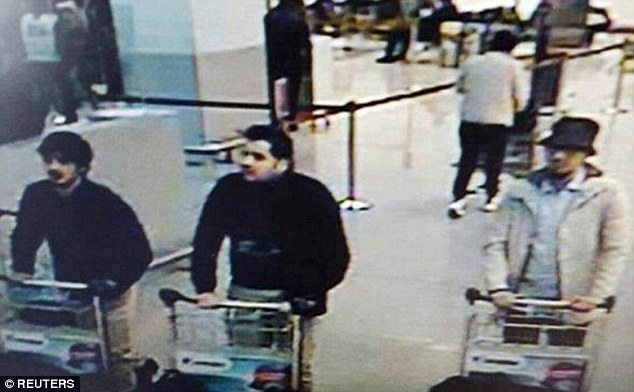We need to have the conversation on how best to address the “planned” response to the aftermath of a violent criminal act. The data tells us it could occur anywhere — at work, out in public, a recreational facility, sporting event, place of worship or healthcare facility. Unless it occurs at a police, fire, or EMS station, the first people on scene will be members of the community. Why don’t we train them so their reaction is not random but based on tasks designed to positively influence survival?
There are a number of mitigation strategies organizations and facilities should undertake in cooperation with their local police and emergency management agencies. This can include training their staff in how to respond to this type of situation — a program similar to people learning CPR. Lets call it community-based hemorrhage control for lack of a better term. Science tells us that the people whose lives are saved at the next attack will be by someone who can apply a tourniquet within minutes of injury.
Consider this case study from the Boston Marathon bombing. A 34-year-old man was brought to an emergency department at a hospital suffering from multiple traumatic injuries which included a complete amputation of his leg below his right knee. A tourniquet had been applied to the right upper leg by prehospital providers but was not adequately tightened to control the bleeding. At the hospital the tourniquet was tightened, and a second, military-style tourniquet was added which stopped the bleeding.
Tourniquets work and the risk of complications from aggressive and unnecessary use is outweighed by the risk of not controlling bleeding in situations like these. The public is trained in CPR. We see Automated External Defibrillators (AEDs) in most large buildings and venues, all designed to help save lives from heart attacks. Granted, more people die of sudden cardiac arrest than bleeding to death from a gunshot wound or blast injury from an Improvised explosive Devices (IEDs, but there is a need for this training.
I’m advocating all citizens learn how to improve survival in active shooter situations and to use hemorrhage control kits that are placed in venues alongside AEDs. 
Like it or not, members of the public will be first on scene of the next sick attack by a gunman or the detonation of an IED. Why not offer training designed to change the outcomes of the wounded? Naturally there is risk to any type of action in the face of this type of attack and education is the best way to give them the ability to make the best risk-reward decision.
I look forward to your comments and discussions in how we prepare to handle these emergencies.




Leave A Comment